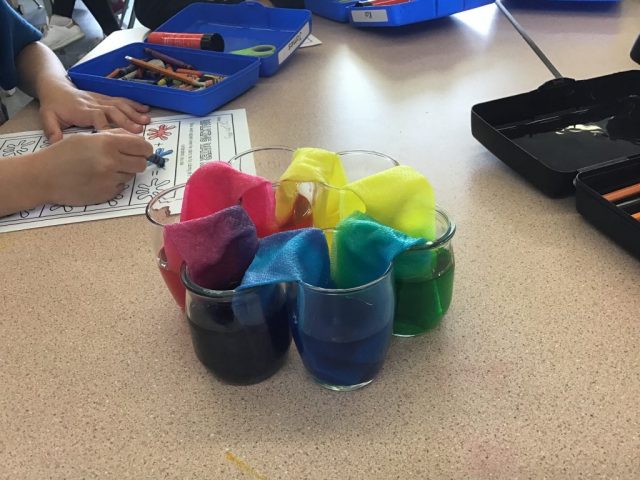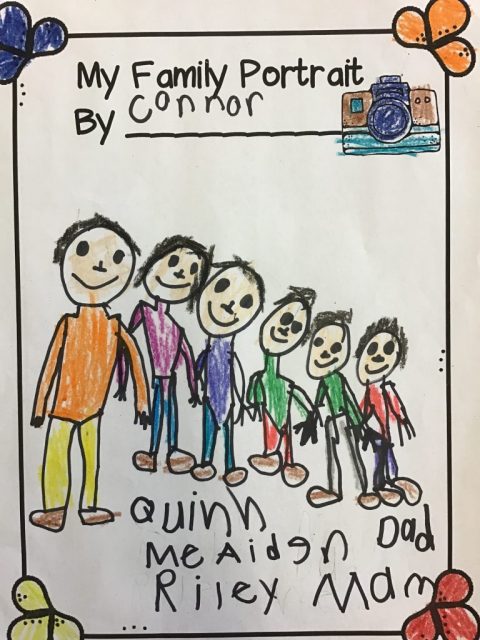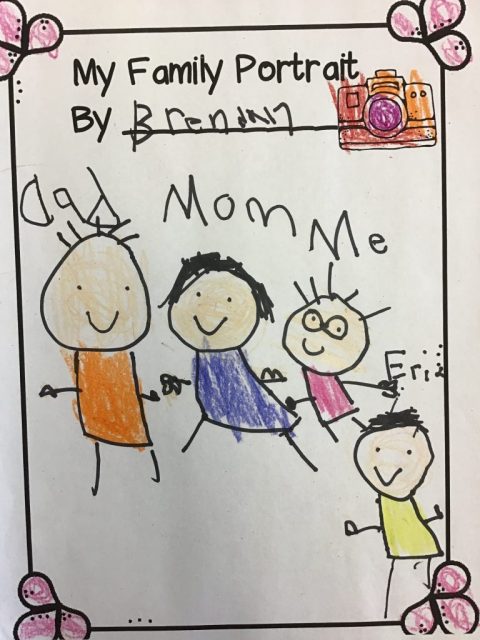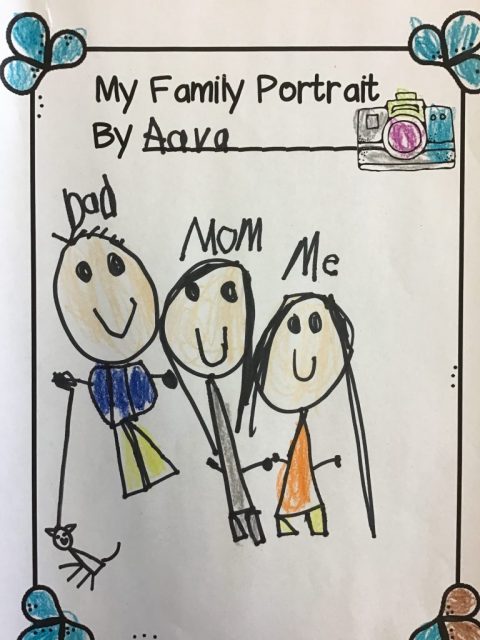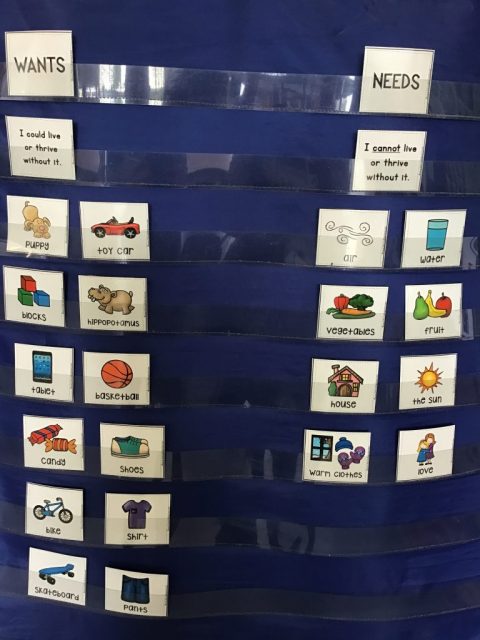Stories and traditions about ourselves and our families reflect who we are and where we are from.
We have been talking about how families differ and are the same; including physical characteristics (e.g., hair, skin colour, eyes), cultural characteristics (e.g., language, family origins, food and dress), and other characteristics (e.g., preferred activities, favourite books and movies, pets).
We also talked about our personal and family history and traditions, such as;
- important events in life (e.g., starting school, losing a tooth, getting a new pet or moving)
- family stories (e.g., immigration to Canada, First Peoples oral histories, notable ancestors, memories from older relatives)
- traditions and celebrations (e.g., Christmas, other winter festivals around the world), special cultural holidays (e.g., Lunar New Year, First Peoples celebrations, birthdays, and associated foods, clothing, art)
Please visit your child’s blogfolio to see his/her family portrait and hear what s/he has to say about your family.
